The Minoan frescoes from the Palace of Knossos, located on the island of Crete, Greece, are among the most iconic and best-preserved examples of ancient Mediterranean art. Dating back to the 16th century BC, this century-old fresco opens a fascinating window into the sophisticated world of the Minoan civilization. Known for their advanced architecture, art and culture, the Minoans left behind many remarkable artifacts, with this fresco standing out as a symbol of their creativity and artistic achievement. You can see more photos or ancient artifacts follow archeology.dulichvn.net to learn more
1. The Historical Context of the Minoan Fresco
The Minoan fresco from Knossos is not just a piece of art; it is a reflection of the civilization’s historical and cultural significance.
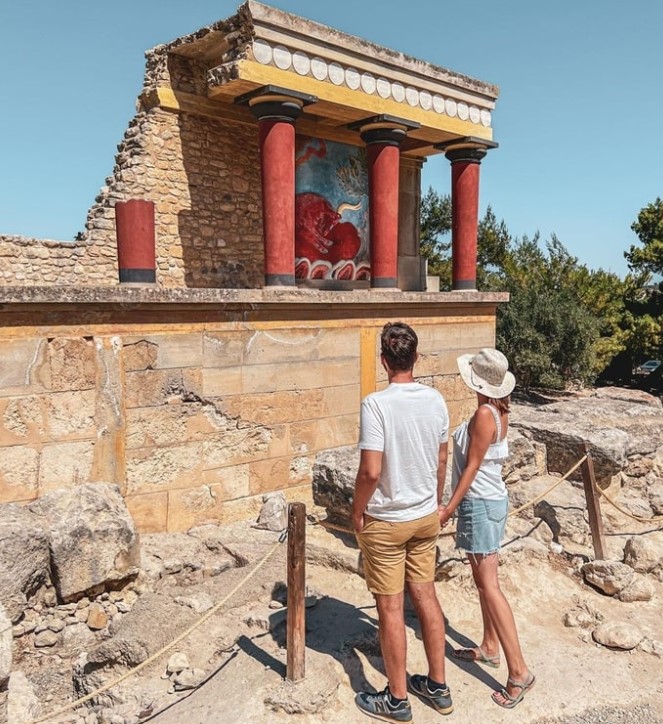
1.1. The Minoan Civilization
The Minoans, considered Europe’s first advanced civilization, flourished on the island of Crete between 2000 and 1450 BC. Their influence stretched across the Aegean, and their legacy includes monumental palaces, impressive frescoes, and an innovative writing system. The fresco from Knossos exemplifies the Minoans’ artistic prowess and their deep connection to nature and spirituality.
1.2. The Palace of Knossos
The Palace of Knossos, the largest and most significant Minoan site, was the center of political, economic, and religious life on Crete. It was here that the fresco was discovered, decorating the walls of the palace’s chambers and halls. The frescoes at Knossos are known for their vibrant colors, intricate designs, and depiction of life on Crete, providing insights into the Minoans’ daily lives and spiritual beliefs.
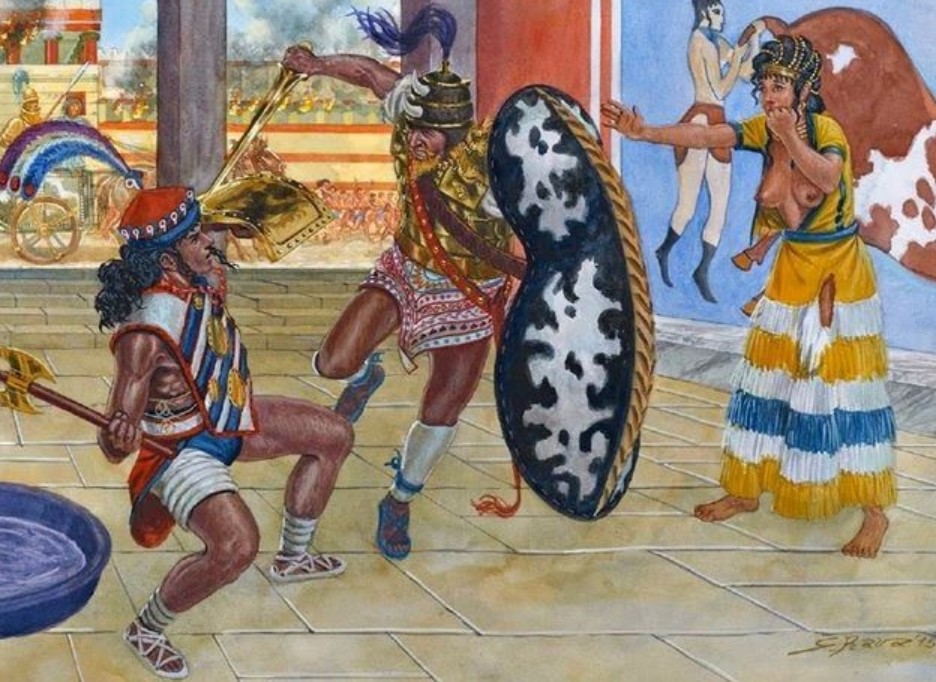
1.3. Discovering the Fresco
The fresco was uncovered during excavations led by British archaeologist Sir Arthur Evans in the early 20th century. The vivid colors and intricate details of the fresco made it one of the most important discoveries at the site, offering an unprecedented glimpse into Minoan art and culture. Today, it is preserved and displayed at the Heraklion Archaeological Museum in Crete.
see more: The Oseberg Ship A Masterpiece of Viking History
2. The Artistic Features of the Minoan Fresco
The Minoan fresco from Knossos is an exceptional example of ancient art, showcasing the Minoans’ mastery of color, form, and symbolism.
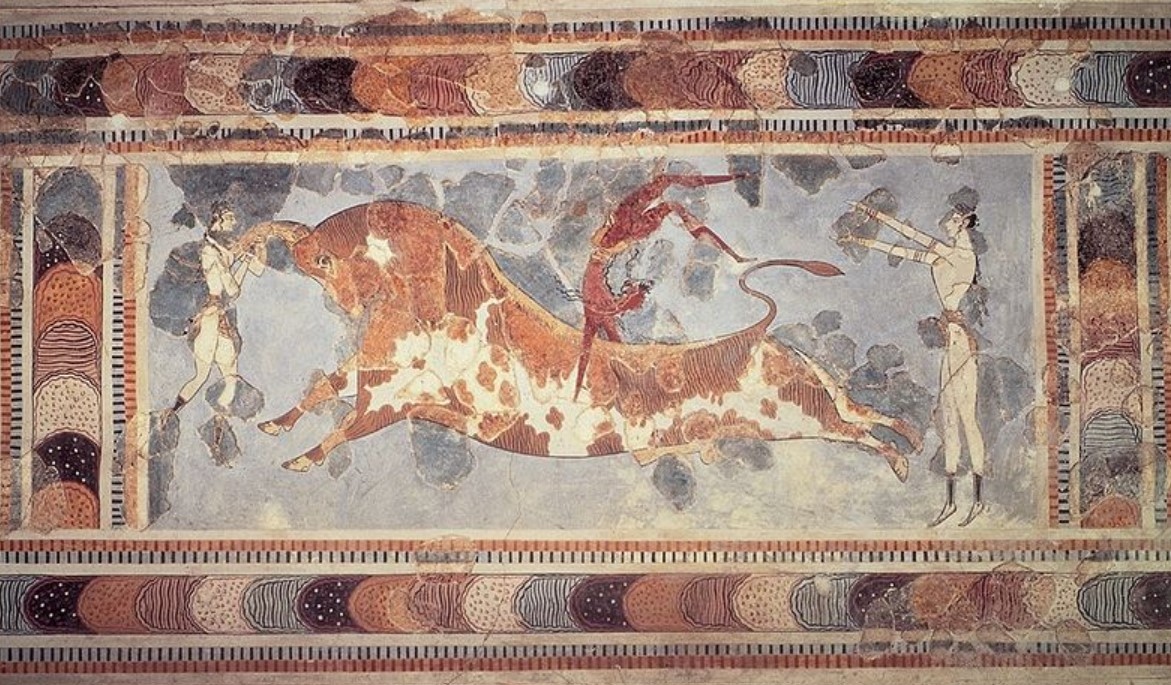
2.1. Vibrant Colors and Natural Themes
One of the most striking features of the fresco is its use of vibrant, natural colors. The Minoans used mineral-based pigments to create stunning, long-lasting colors that have survived for thousands of years. The fresco often features scenes from nature, such as animals, plants, and sea life, reflecting the Minoans’ reverence for the natural world.
2.2. Depictions of Minoan Life
The fresco portrays various aspects of Minoan life, including religious ceremonies, sporting events, and symbolic representations. Scenes of bull-leaping, a ritual that held religious significance for the Minoans, are frequently depicted. This activity was not only a sport but also a symbol of strength, vitality, and the connection between humans and the divine.

2.3. Symbolism and Spirituality
The Minoan fresco is filled with symbolism, often representing the gods, goddesses, and spiritual beliefs that were central to Minoan society. The presence of ritualistic and ceremonial scenes indicates the deep spiritual nature of the Minoans. Many of the frescoes also feature deities and symbols that are closely tied to fertility, nature, and the divine feminine, which were key elements in Minoan religion.
see more: The Magnificent Statue of Athena: A Symbol of Ancient Greek Art and Culture
The fresco from the Palace of Knossos remains one of the most valuable archaeological discoveries, offering key insights into the Minoan civilization and its cultural and religious practices.
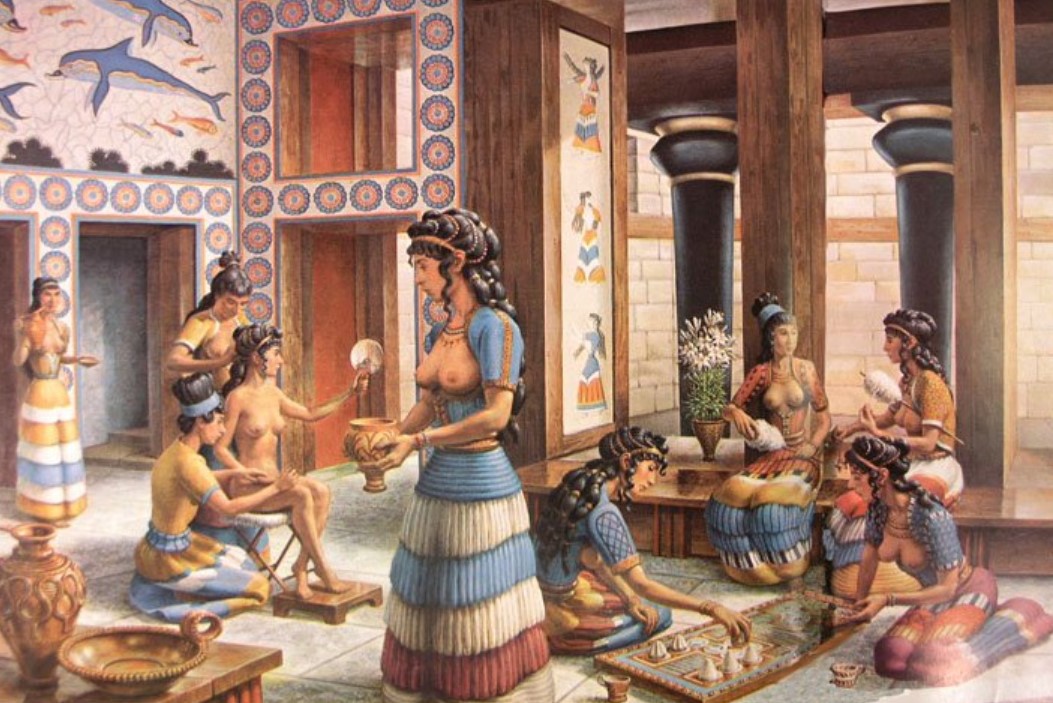
3.1. Insight into Minoan Society
Through the fresco, we can gain a deeper understanding of Minoan society. The depictions of ritualistic scenes and the use of symbolism offer a glimpse into the spiritual and cultural values of the Minoans. These frescoes are not just artistic creations but also a form of communication, telling the story of the Minoan people and their way of life.
3.2. Preservation of Ancient Art
The fresco also plays a crucial role in the preservation of ancient art. Despite the passage of time and the wear of centuries, the fresco remains a vibrant testament to the skill and creativity of the Minoan artists. Its preservation provides valuable information on the techniques, materials, and methods used by ancient civilizations to create lasting works of art.
3.3. Influence on Modern Art and Culture
The Minoan fresco has had a lasting impact on modern art and culture. Its use of vibrant color, naturalistic forms, and symbolism has inspired artists and scholars for generations. The fresco has not only influenced art historians but also continues to capture the imagination of visitors to Crete and enthusiasts of ancient history.
Conclusion
The Minoan fresco from Knossos is much more than just a work of art. It is a cultural treasure that provides invaluable insight into the Minoan civilization and its people. Through its vibrant colors, intricate details, and symbolic meaning, the fresco captures the essence of the Minoans and their deep connection to the natural and spiritual world. Today, it remains one of the most significant examples of ancient Mediterranean art and a testament to the enduring legacy of the Minoan civilization.
Whether you are a history enthusiast, art lover, or simply fascinated by ancient cultures, the Minoan fresco from Knossos is a captivating piece of history that continues to inspire and intrigue people around the world.
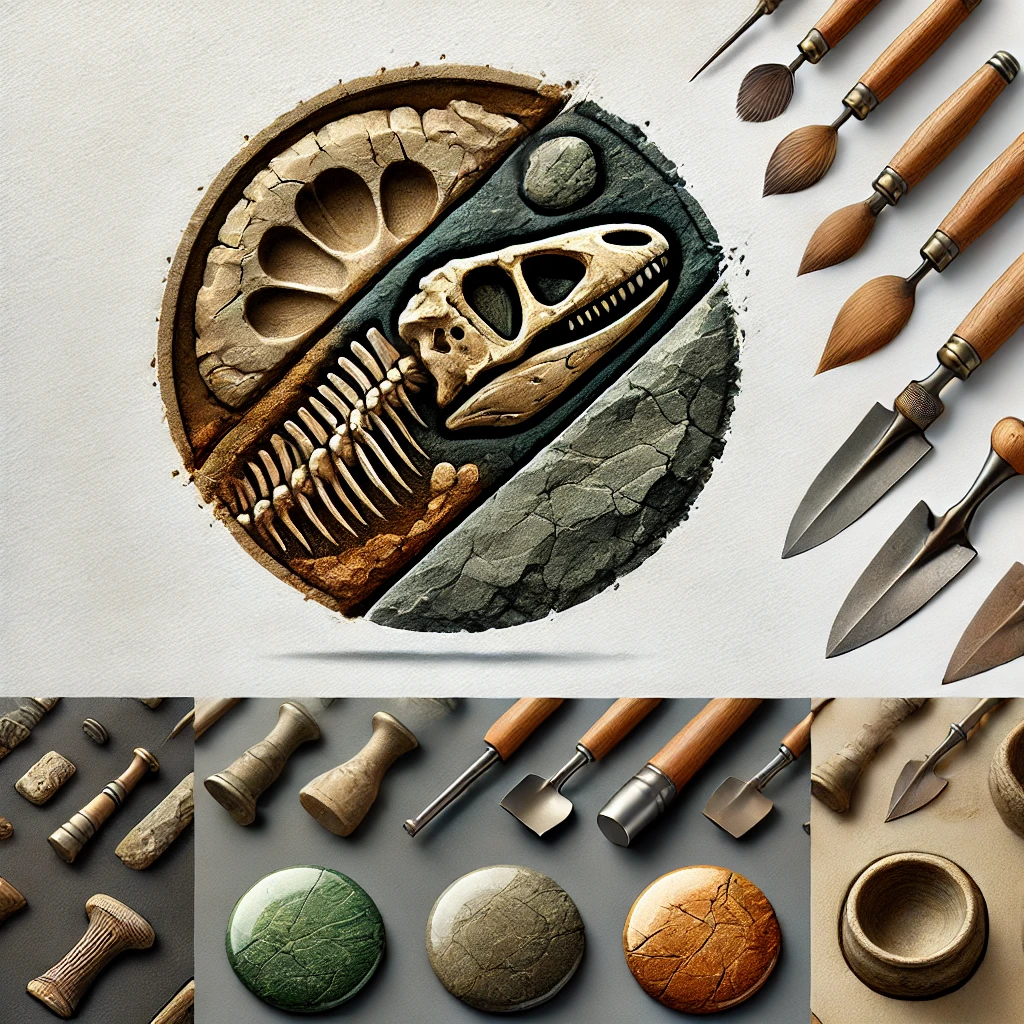
CÁC TIN KHÁC
Mark Twain & Olivia Langdon: A 36-Year Love Story Filled with Laughter and Devotion
The Tollund Man: A 2,400-Year-Old Mystery Preserved in a Danish Bog
Skara Brae: Scotland’s Hidden Neolithic Village
Porta Nigra: The Hidden Depths of Trier’s Iconic Roman Gate